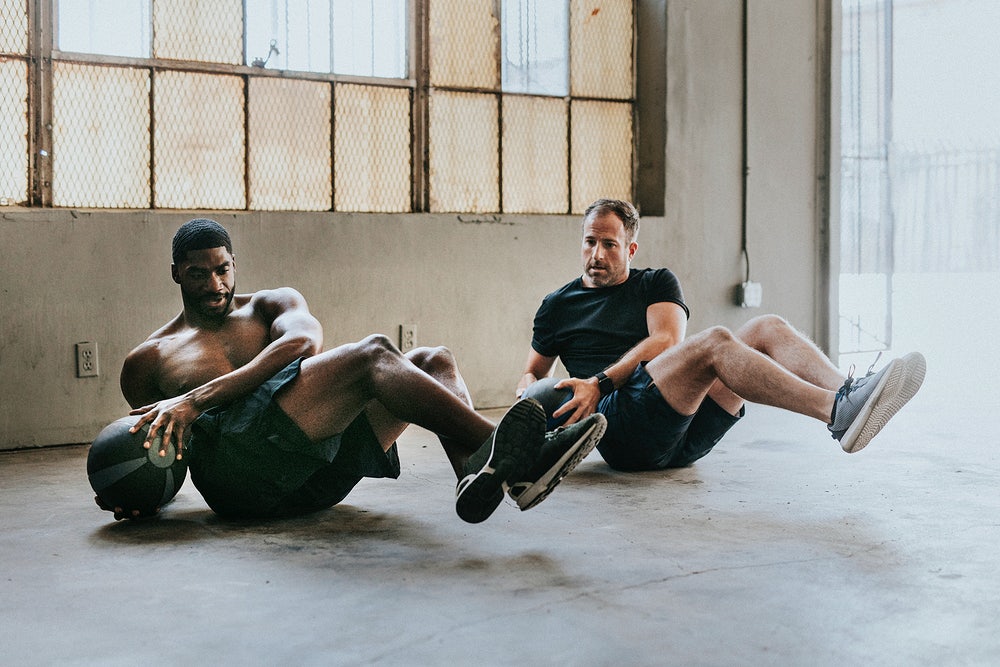
Keys to a Quality Workout Program
First, let’s clarify there are numerous different methods and programs for getting fit and staying fit. Most programs make claims of success but fail to captivate the consumer long term. There is a ton of content to sift through on the internet and social media. Also, there seems to be a get quick method for everything, from getting abdominal muscle tone, losing inches, or gaining strength.
There are some basic questions almost every client I have ever spoken with has, I’ll address them below:
- What works?
- And what doesn’t work?
- What is the most effective program?
- What is the fastest way to get in shape?
- How do I stay in shape?
Look these are all valid questions. Let’s tackle them and get to the bottom line of what works and why!
The most effective programs should encompass a phase method
- Corrective exercises for postural deficiencies or injuries.
- Balance/stabilization
- Strengthening
- Functional Power that translates into real-life movements.
The key to any programming revolves around a plan that can be executed consistently. I’ll address types of, “stimulus” changes that can be manipulated to break plateaus, stagnant results, or those just beginning. First, let me define what I mean by stimulus changes that can be manipulated:
- Repetitions
- Sets
- Weight
- Load distribution frontal plains, lateral movements, rear movements.
- Type of equipment used Olympic bar, dumbbells, kettlebells, bands, suspension apparatus, and machines.
- Grip and hand placement strategies
- Rest in between sets
What I find interesting is workout formatting and its effect on results, recovery, and sustainability. I have researched this extensively and worked with numerous diverse populations and my research concludes that “multi compounded movements” yield the greatest results.
What are multi compounded movements? They include the following:
- Squats
- Deadlifts
- Bench
- Military press
These four basic movements will get you the most effective results. Do you want bang for your buck? Weight-based movements are critical to strengthening muscles and burning fat. The caveat being diet plays a major role, “you cannot out-train a poor diet.” This article is focused on workout strategies.
Instead of trying to do single-joint movements like bicep curls, focus on targeting larger and multiple muscle groups with one movement. The old split routines of back and biceps, chest, and triceps mean you are more than likely only working out each body part one time per week? Why? Wouldn’t you gain better results and maximize efficiency in the workout by targeting multi compounded movements? The answer is, “yes!” You can actually work out major muscles two to four times. Add bicep or tricep exercises afterward not in replacement off multi compounded movements.
Another key thing to keep in mind is very rarely should you ever max out. This form of stimulus change is for elite athletes. The average person should stay in repetition ranges from 10 to 15. You can stagger in lifts in the 4 to 6 range when testing out your strength gains if that is your goal.
Most are trying to achieve muscle hypertrophy. So targeting rep ranges that avoid lifting until failure will reduce injury and keep you on track to obtaining your fitness goals.
If you’re interested in learning more specific techniques and strategies feel free to connect with me. Fitness is like music, “everyone listens to some genre of music, who doesn’t want to look and feel their best?” Fitness and health supersede every barrier. The key is getting a personalized program that meets your needs and physical desires.
There isn’t a one size fits all approach. Though there are tried and true methods that simply work!
Happy training!




